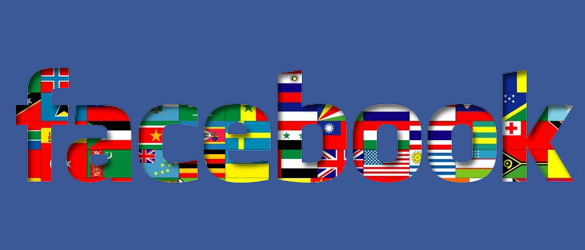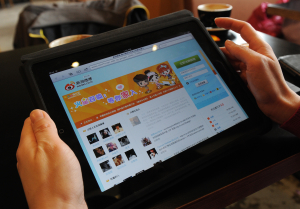The future of business is multicultural.
Diversity initiatives have been around for many years, but have so far been focussed on hiring and procurement. Forward-thinking companies doing business in multi-ethnic cities like Vancouver, Toronto, San Francisco or New York already know that their marketing strategy needs to include reaching linguistic and cultural niches. The growing importance of social media gives companies with a diverse workforce a considerable advantage when it comes to reaching and engaging with a diverse marketplace.[/fusion_builder_column]
In Canada, 4% of SMEs are owned by recent immigrants1. Many of those businesses hire workers who speak neither English nor French as their first language. The probability that immigrants will use their mother tongue in their job increases with the proportion of people who speak that language in the community where they work2.
In communities like Brampton3 and Markham in Greater Toronto, or Richmond and Surrey in Vancouver’s Lower Mainland, there are enough customers and employers who speak specific non-official languages to allow immigrants to earn a living in their native language. In today’s highly competitive marketplace, if you’re a B2B company, it makes sense to engage with these businesses in their own language.

Multilingual Marketing
Adapting your communication strategy to reach customers in their own language or culture not only positions you ahead of the competition, it also shows a strong commitment to customer service. For us at LAT, the ROI of translating our own website to Chinese has already been significant. We have been able to develop a relationship with not only small Chinese business owners who are looking for translation services or need help to build marketing campaigns in English and French, but larger companies have also reached out to us for help in getting their brand better known and perceived by Canadian-born customers. With the arrival in Canada of firms like Samsung, Huawei, ICBK, Concord Pacific, a cultural marketing approach can result in game changing opportunities for local businesses. Foreign-born business owners or managers want to work with local, Canadian companies who are able to engage with them in their own language and who understand and respect their culture. So if your team includes people from various cultural and linguistic backgrounds, it makes sense to rely on them to build and manage a multilingual marketing approach.
Building a Multilingual marketing strategy:
Three elements are essential to building a well planned, well managed and well measured multicultural marketing strategy:
1) Knowing the language
2) Knowing the culture
3) Knowing the company
Speaking to people in their own language on their preferred social or web platforms requires a good understanding of the target market, of people’s cultural preferences, values and language. Implementing a multilingual marketing strategy and offering multilingual customer service goes a long way in building long term commitment with clients and business owners for whom English is not their first language. When it comes to customer service (on social media, on the phone or in person), a company’s employees are always the best equipped to respond to enquiries and engage with clients. So if your team collectively speaks different languages, you have a huge opportunity to position your brand as a leader and innovator in multicultural marketing. Ultimately, it is about raising the bottom line by reaching deeper into our own, local markets by adopting a culturally sensitive strategy.
Understanding the culture in today’s fast paced world of mobile apps and social media involves keeping up with trends from other parts of the world. We are several years behind China in our use of mobile technology and a few years behind Europe. Investing in social media and digital marketing undoubtedly makes sense.
Knowing the company’s goals and internal culture is essential when engaging with customers. For this reason companies will often prefer managing their own customer service in-house. But given the time consuming nature of social media, it might make sense to delegate the less “intimate” aspects of customer relation to an external team, taking care of communicating clearly your company’s strategy, objectives and culture to your service provider.

A Diverse Marketplace
Given that your customers are also diverse, aligning your team’s knowledge of various languages and cultures with each linguistic market will go a long way in helping your company stand out. We’re all more inclined to engage with a company that provides services in our own language. Our approach at LAT is to slowly build our team with professionals whose cultural and linguistic background reflects the diversity of the communities we serve.




![Connect with South Asian Canadians With These English [And Hindi!] Diwali Wishes](https://www.latmultilingual.com/wp-content/uploads/2023/11/Diwali-500x383.png)









